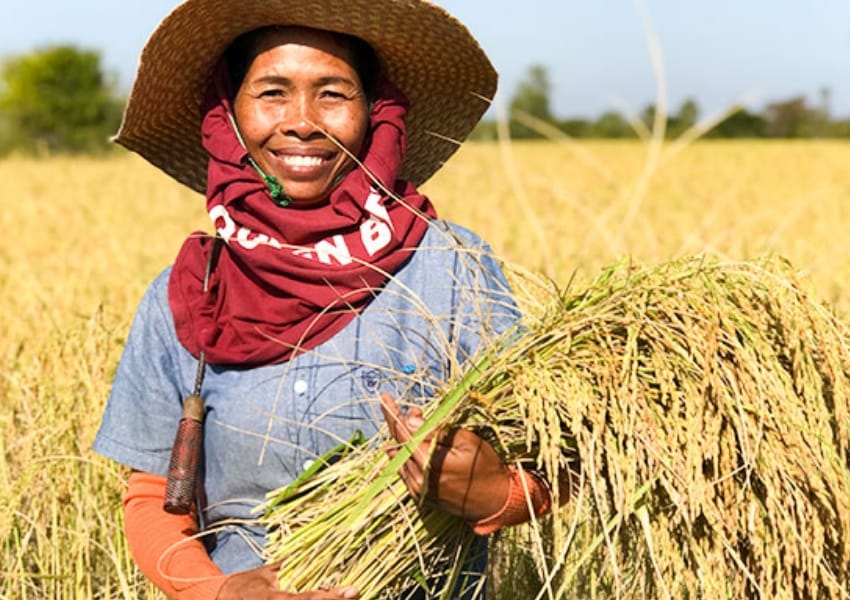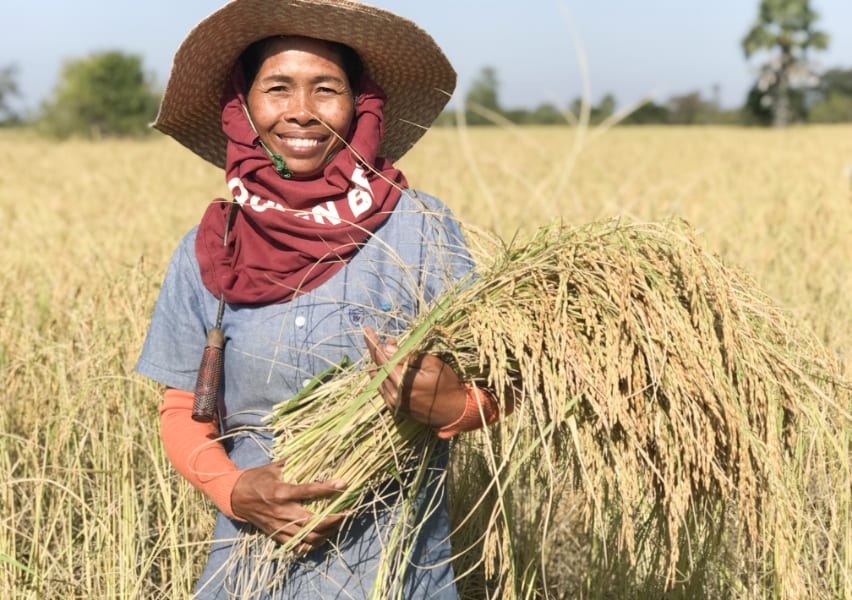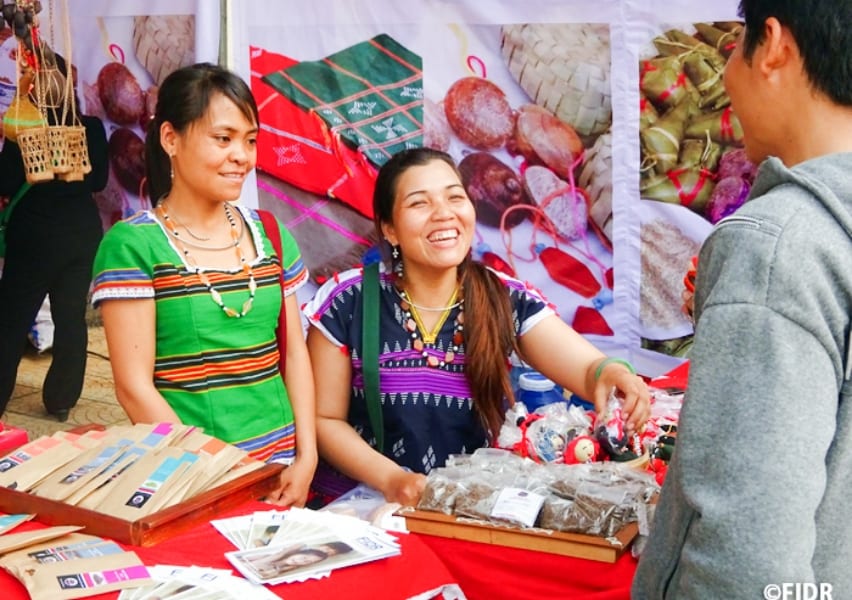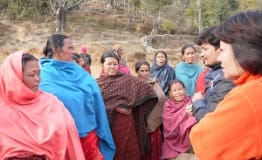PROBLEM
Farming Cannot Sustain Livelihood And Worsening Poverty
In developing countries, the majority of people live in rural areas and depend on agriculture for their livelihood. However, the scale of agriculture per household is small and productivity is low, making life much more difficult for these individuals compared to urban residents. Purchasing chemical fertilizers and pesticides in an effort to increase yields not only increases expenditures, but also leads to soil degradation. In recent years, global climate change has cast a serious shadow over crop production.
Despite being farmers, their low productivity forces them to buy food, and expenditures are incurred for that. In addition, it is not uncommon for people to borrow money if they need a large sum of money for urgent medical care, weddings, funerals, or other circumstances. If they have to relinquish their own property, such as fields and livestock, to repay the debt, they become trapped in a vicious cycle of further poverty. It is becoming increasingly noticeable that women are the primary workers in the fields, as men have migrated to other countries for cash employment. Increasing the agricultural productivity of small-scale farmers is a major challenge not only in terms of food security, but also in poverty reduction.
Poverty rate for agricultural workers
is more than three times higher than for nonagricultural workers
Percentage of agricultural and nonagricultural workers in poverty in Asia (%)


Comparison of poverty rates between agricultural and nonagricultural workers (Source: FAO (2018))
The high poverty rate among agricultural workers in Southeast and South Asia is caused by the following conditions.
- Low agricultural productivity
- Lack of opportunities to learn knowledge and skills to increase agricultural productivity
- Lack of infrastructure such as irrigation facilities and roads
- Lack of means to sell crops at a fair prices
- Weak system of cooperation among farmers
etc.
FIDR's Initiatives
In Cambodia, the disparity between urban and rural areas is widening. While the poverty rate in the capital city of Phnom Penh is 7.0%, that in rural Kampong Chhnang Province is 46.5%. As a result, the working generation living in rural areas, both men and women, seeking work as migrant workers or factory laborers to earn an income. to earn an income. Grandparents and children are left behind in rural villages, and farming, which has been practiced for generations, is reduced to a microenterprise. FIDR is promoting increased rice production through teaching rice cultivation methods called SRI, introducing vegetable cultivation and poultry farming. This ensures that residents receive an adequate and nutritious diet and maintain good health.

Projects in Progress
-

Vietnam
Improving living standards and child nutrition in central Vietnam
-

Nepal
Nepal Regional Integrated Development
Past Projects
-

Cambodia
Food and Nutrition Security Project
-

Vietnam
Project for Food Security Improvement for Small-Scale Farmers in Quang Nam Province
-

Nepal
Dhading District Community Development Project
Issues We Work on
- https://www.fidr.or.jp/english/issue/health.html

Health and Hygiene
- https://www.fidr.or.jp/english/issue/medical-care.html

Medical Care
- Nutrition(issue/nutrition.html)

Nutrition
- https://www.fidr.or.jp/english/issue/agriculture.html

Agriculture
- https://www.fidr.or.jp/english/issue/education.html

Education
- Industrial development in Southeast Asia and South Asia.(issue/industry.html)

Industrial Development
DONATION
Your generous donation now will have impacts
on children and communities in our fields.















